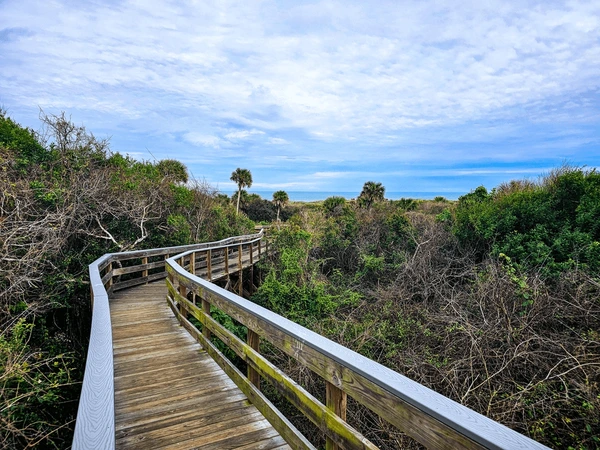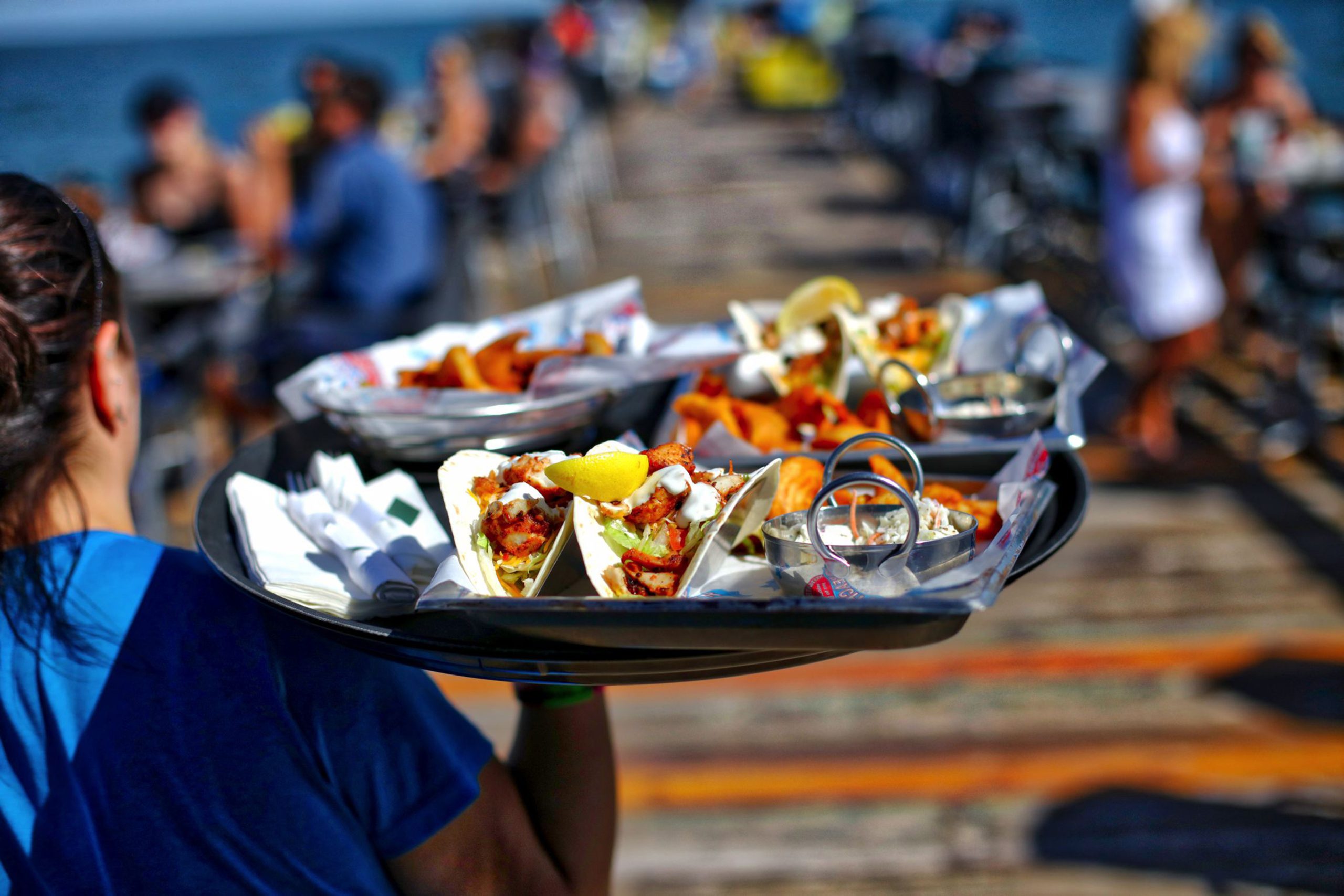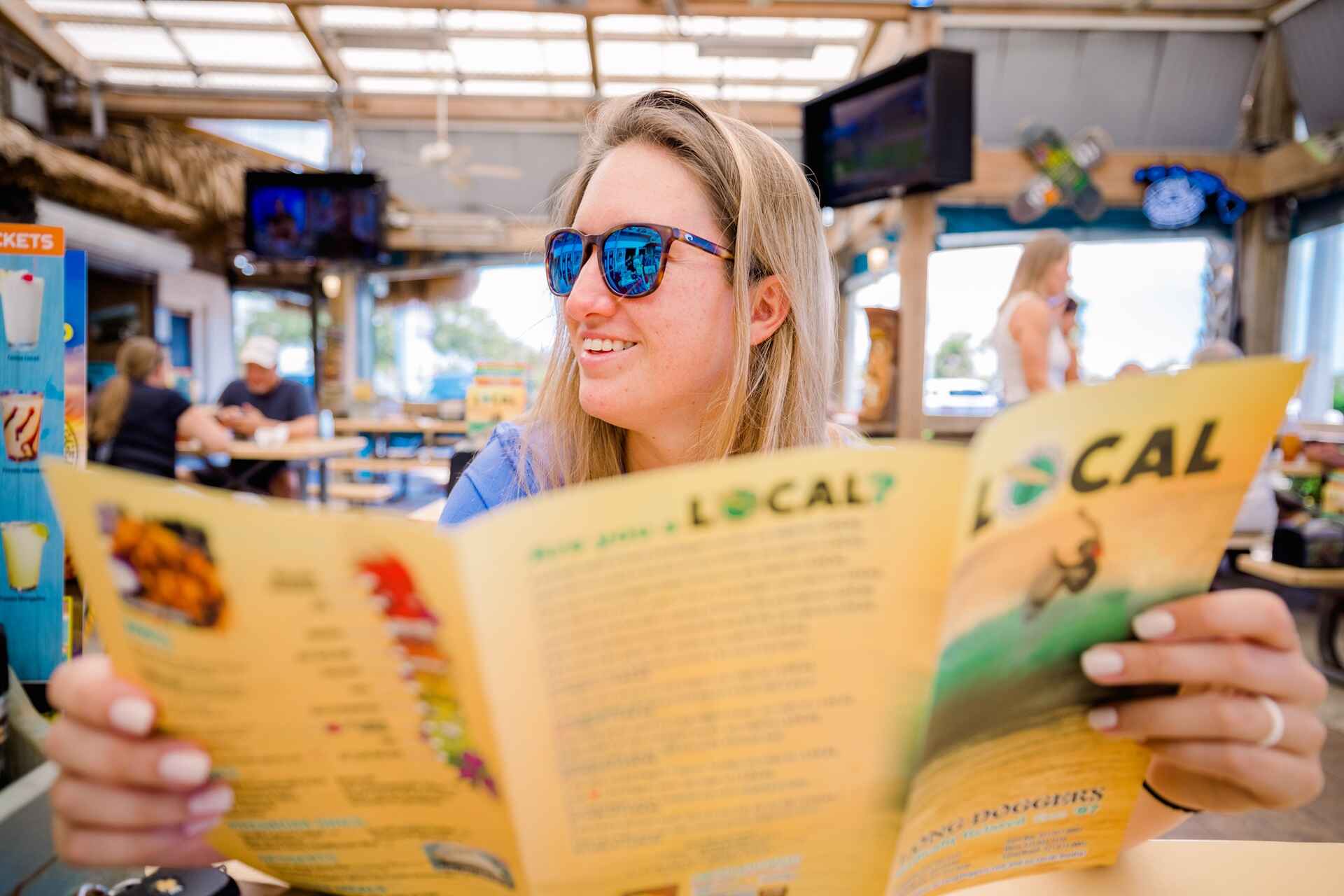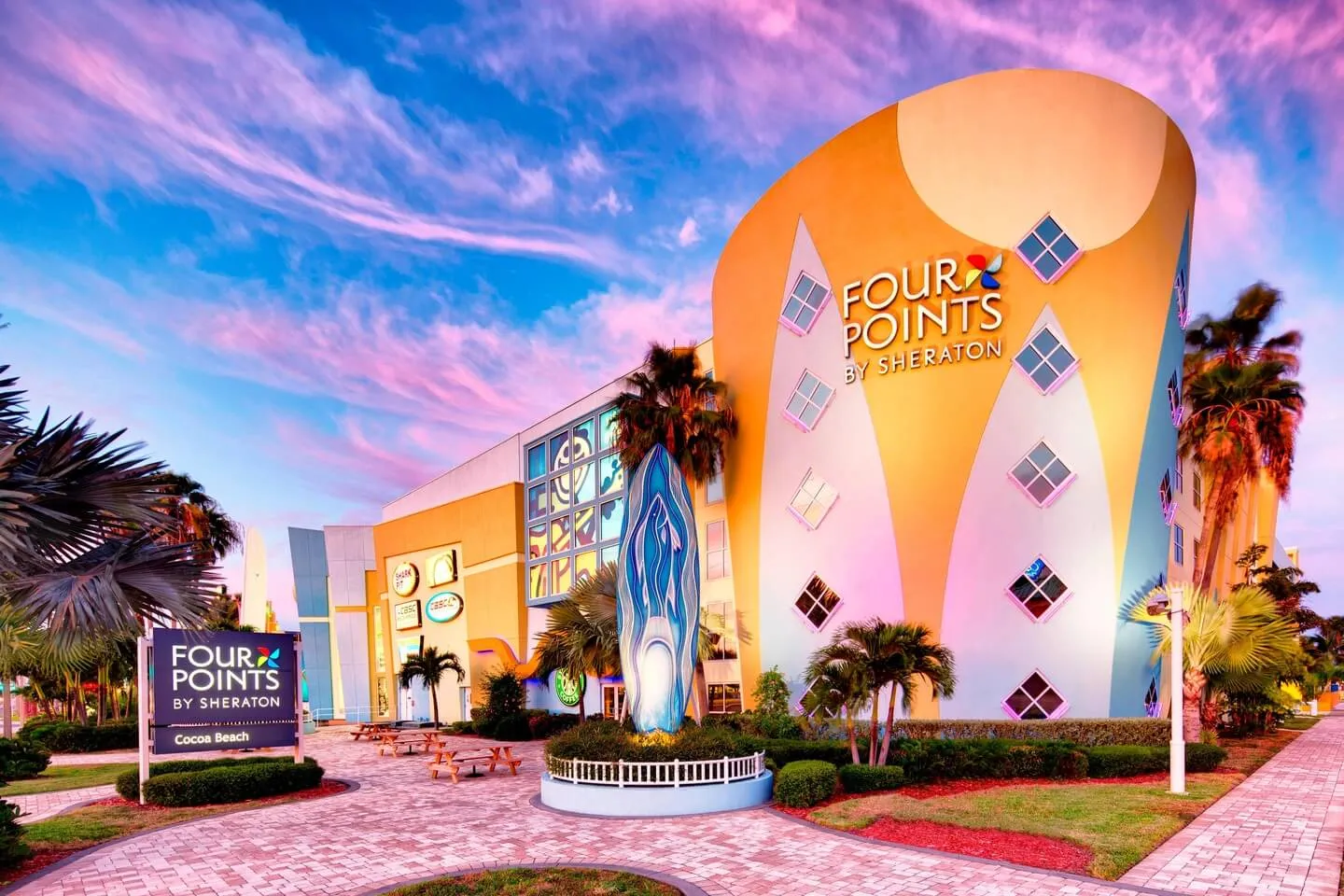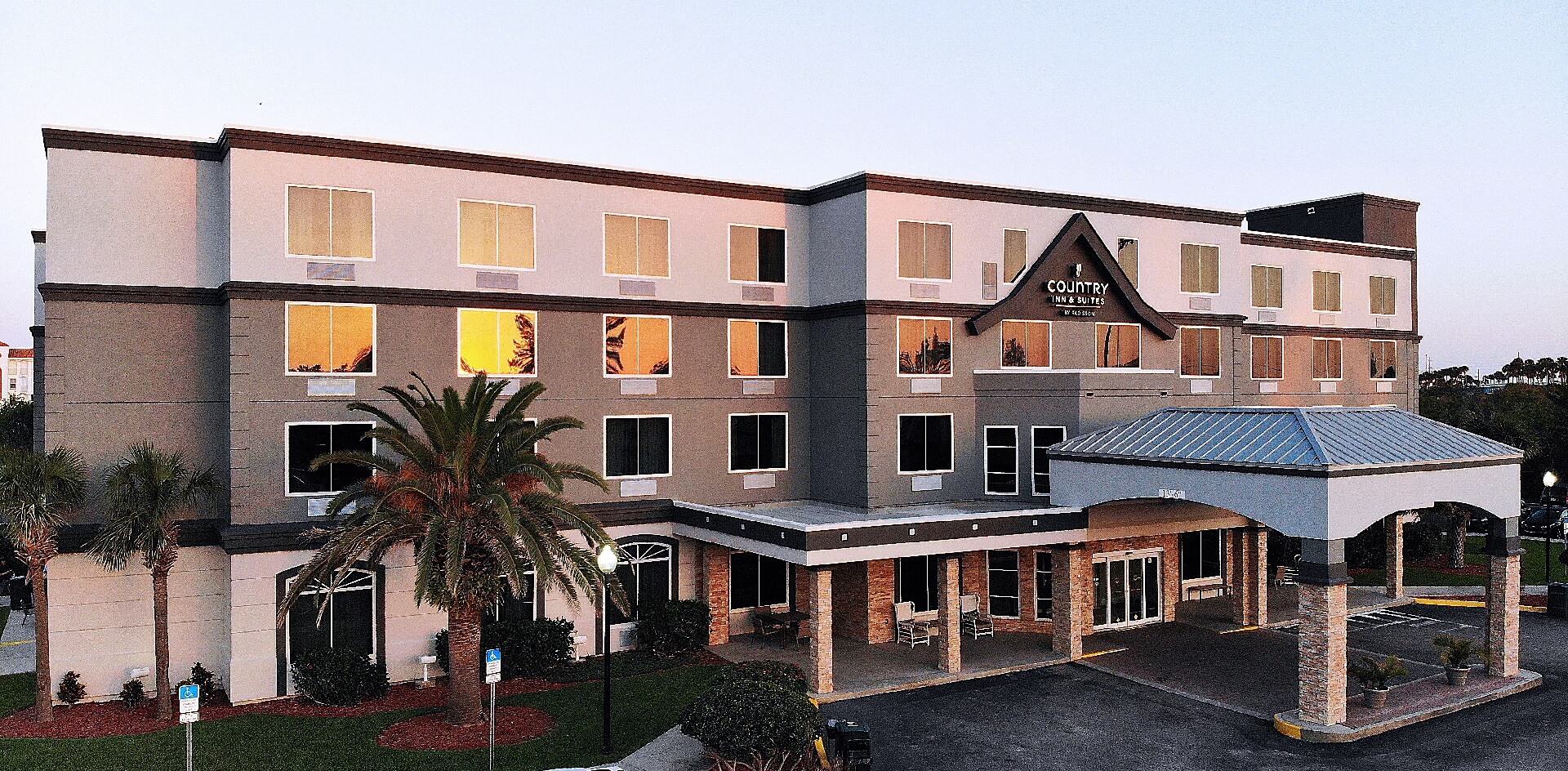Along Florida’s eastern coast, Canaveral National Seashore is a sanctuary offering visitors a rare glimpse into the state’s natural beauty. Spanning 24 miles of undeveloped coastline, this protected barrier island is a haven for thousands of species of plants and animals, making it a perfect destination for nature enthusiasts and outdoor adventurers alike.
A Diverse Habitat: Dunes, Hammocks, and Lagoons
The landscape of Canaveral National Seashore is a patchwork of distinct ecosystems, each contributing to the area’s rich biodiversity. The coastal dunes, shaped by the relentless Atlantic winds, are home to hardy vegetation that stabilizes the sandy landscape. Behind these dunes lie the coastal hammocks, dense with oak, palmetto, and other native flora, offering a shaded retreat from the sun and a habitat for various wildlife species. The lagoons, particularly Mosquito Lagoon, are teeming with life, providing vital breeding grounds for fish and feeding areas for birds.
A Walk Through History: Timucua Shell Mounds
One of the most intriguing aspects of the Canaveral National Seashore is its connection to the ancient Timucua people. Visitors can explore the shell mounds they left behind, such as Turtle Mound, which is one of the largest shell mounds in the Southeastern United States. These mounds, made from discarded shells and other debris, offer a fascinating glimpse into the lives of the indigenous people who once thrived in this region.
A Sanctuary for Wildlife
Canaveral National Seashore serves as a critical sanctuary for a diverse array of wildlife. The park is home to over 1,000 species of plants and 310 species of birds, making it an essential stop for birdwatchers. It is also a vital nesting ground for sea turtles, particularly during the summer months. The untouched beaches provide a safe environment for these creatures to lay their eggs, continuing a cycle of life that has persisted for centuries.
Accessibility and Visitor Information
The Canaveral National Seashore is committed to ensuring that all visitors can enjoy its natural beauty. Accessible ramps are available at key locations, such as the Eldora State House and Apollo Beach, providing wheelchair access to the beach and scenic overlooks. The Apollo Visitor Center, open daily from 9:00 AM to 5:00 PM, offers resources and information to help visitors plan their day in the park. For those with disabilities, the park offers a free lifetime Access Pass, granting entry to not just Canaveral, but hundreds of federal recreational areas across the country.
Fishing, Rocket Launches, and Unique Experiences
Fishing enthusiasts will find plenty of opportunities at Canaveral National Seashore, whether casting a line into the Atlantic Ocean or exploring the calm waters of Mosquito Lagoon. However, it’s important to be aware of the specific regulations and potential advisories, such as those related to mercury levels in certain fish species.
One of the unique experiences offered at the seashore is the chance to view rocket launches from nearby Kennedy Space Center. Playalinda Beach, located within the park, provides one of the closest public viewing spots for these awe-inspiring events. Visitors planning to watch a launch should arrive early and be prepared for potential traffic restrictions as the park can reach capacity quickly.
Plan Your Visit
Whether you’re drawn to the quiet beauty of the dunes, the historical intrigue of the Timucua shell mounds, or the thrill of a rocket launch, Canaveral National Seashore offers something for everyone. Make sure to bring essentials like food, water, sunscreen, and beach chairs, as amenities within the park are limited. And for those looking to explore even further, special permits are available for activities like backcountry hiking, horseback riding, and more.
Canaveral National Seashore is more than just a stretch of beach; it’s a living museum of Florida’s natural and cultural history. A visit here is a journey through time and nature, offering a chance to experience Florida as it once was, wild and untouched.

